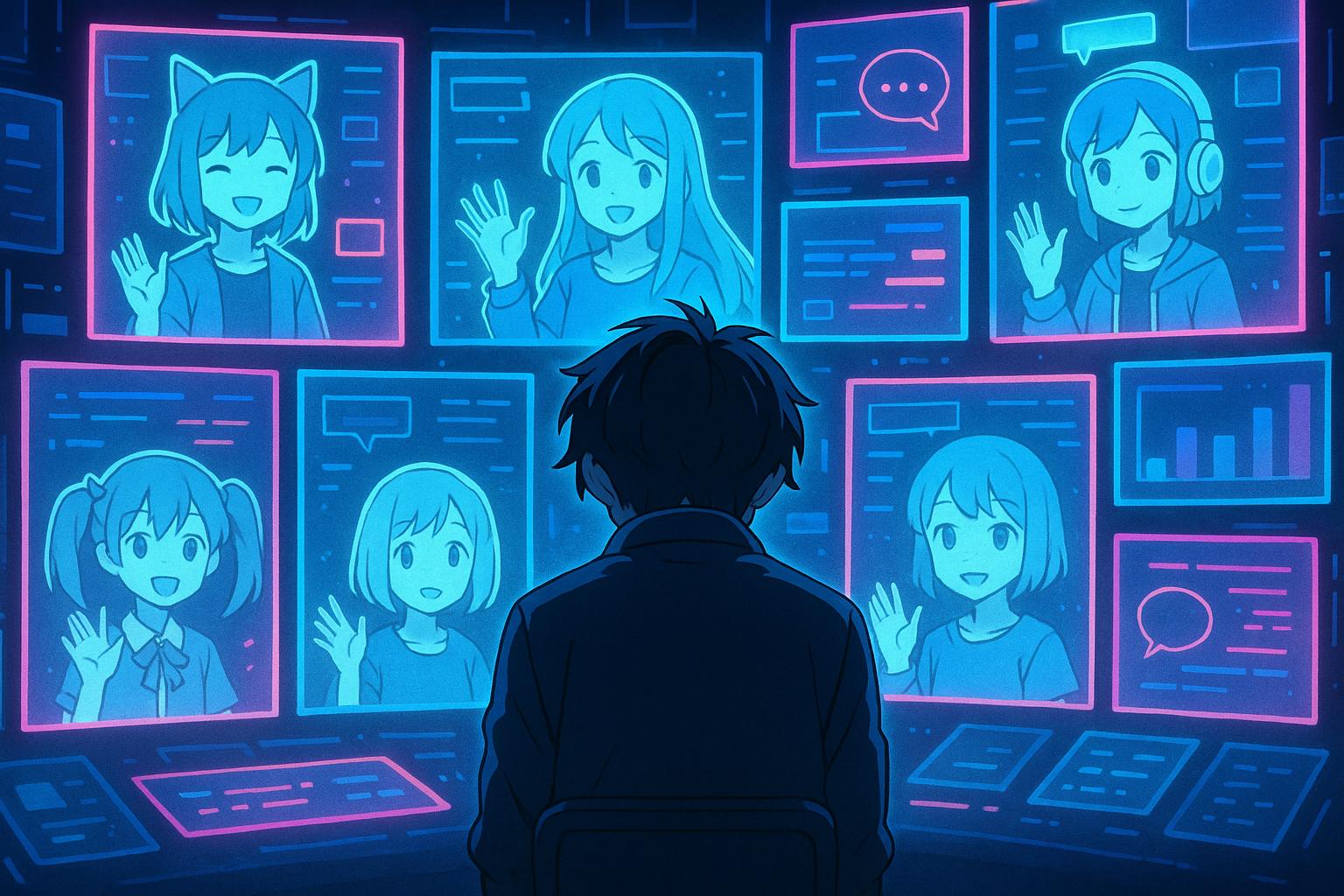In today's rapidly evolving digital landscape, a glaring paradox emerges: while technology has ostensibly increased our ability to connect, it has simultaneously intensified feelings of isolation and loneliness. This phenomenon is not merely anecdotal; research reveals that the risk of loneliness correlates to serious health concerns, matching the mortality risk of smoking 15 cigarettes a day. Such findings highlight that loneliness is as much a biological crisis as it is an emotional one.
Imagining a world in which we can summon a digital companion specifically crafted to our desires evokes a curious blend of fascination and unease. These AI-driven companions—often touted as perfect mates—serve to satisfy our whims without the complexities inherent to human relationships. Yet, the reality is that as we venture into these digital realms, we may find ourselves further estranged from the depth of connection we truly crave.
Over recent decades, the nature of human interaction has shifted dramatically. What once involved communal gatherings and heartfelt conversations has now transitioned into a constant stream of digital interactions, often characterised by superficiality. This continuous barrage of digital stimuli has created a culture where we can connect at any hour, from any location, yet genuine connection remains elusive. Our reliance on social media and constant notifications has not enriched our relationships but rather driven a wedge of disconnection between us. The influencers of this digital age serve not to connect us, but to remind us of our own insecurities, often resulting in a cycle of comparison and isolation.
The broader implications of this 'loneliness epidemic' are staggering. Research indicates that social isolation raises the risk of various health issues: a 29% increase in heart disease, a 32% increase in the likelihood of stroke, and an alarming 50% increase in the risk of dementia among older adults. Such statistics illuminate the dire reality of our current state, where emotional disconnection morphs into significant physical detriments. Our nervous systems are bombarded with endless information while we struggle to engage in meaningful exchanges, drowning in a sea of shallow interactions that rarely nurture our emotional wellbeing.
Loneliness reconfigures our physiological responses, leading not just to emotional distress but also to tangible health crises. The financial ramifications are equally troubling; social isolation among older adults reportedly results in an excess of $6.7 billion in Medicare spending annually. Individuals increasingly turn to distractions—shopping, social media, and constant scrolling—to numb their distress, inadvertently deepening their sense of isolation.
As technology increasingly offers the allure of companionship, it simultaneously highlights a pressing need for authentic connection. While we can curate our digital identities to perfection, the profound human need for connection persists, urging us toward something more primal and essential. The crux of our emotional need transcends algorithmic sufficiency; it lies in relationships that are deep, genuine, and dynamic.
At this pivotal juncture, we face a critical choice. We can either continue down the path of superficial digital engagement or prioritise authentic human connection. This does not imply a complete rejection of technology; rather, it advocates for a reevaluation of how we integrate it into our lives. By using technology as a bridge to facilitate human engagement rather than a barrier, we can rediscover the art of true connection.
In this new paradigm, workplaces can lead the way by fostering environments where authenticity flourishes. Imagine meetings that begin with genuine check-ins instead of rushed agendas, leaders who model vulnerability rather than infallibility, and teams that value depth over deadlines. The most innovative organisations will be those that prioritise relationship intelligence, understanding that the core of success lies beyond metrics and deliverables—it resides in the quality of human connection.
As we navigate this intricate digital wilderness, recognizing our technologies as reflections of our deepest desires for connection might spark a renaissance of authentic engagement. We have an invitation to rediscover what it means to be fully, vulnerably human, to create spaces where genuine presence supersedes digital convenience. In a world inundated with artificial intimacy, our most revolutionary act may simply be the choice to connect deeply, cultivating richness amidst an arid landscape of disconnection.
Reference Map
- (1), (2), (6), (7)
- (3), (4), (5)
Source: Noah Wire Services
